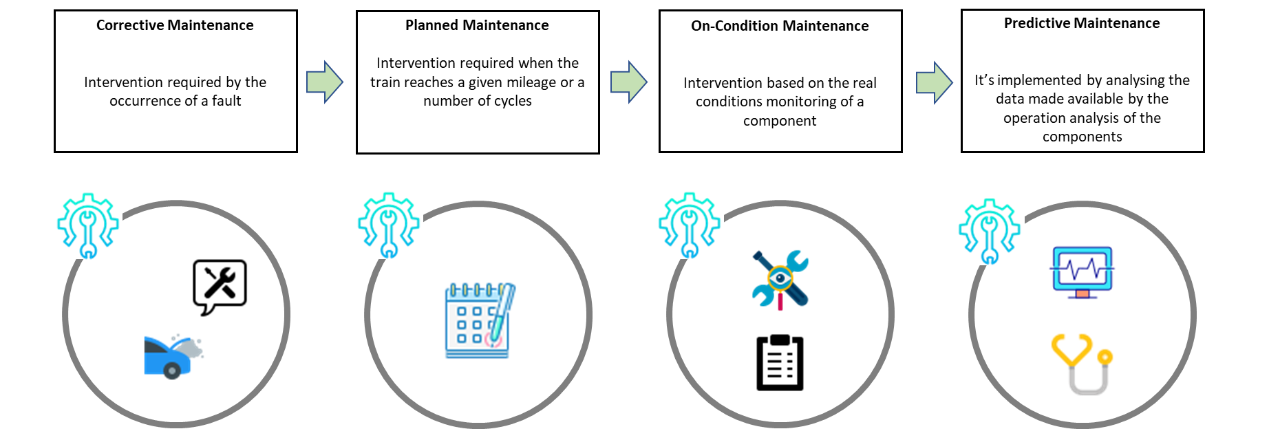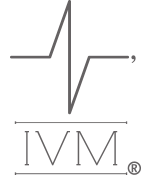The importance of measuring the distribution of vertical forces per wheel in static conditions for maintenance
Maintenance is generally defined as: ‘’Any activity—such as tests, measurements, replacements, adjustments, and repairs—intended to retain or restore a functional unit in or to a specified state in which the unit can perform its required functions’’.
Without prejudice to the general meaning expressed by the aforementioned definition, it is quite clear that the evolution of technique and technological development, together with the ever-increasing search for greater technical-economic efficiency, have led to radical change of the operational practices related to the maintenance of a railway vehicle.
In the past, maintenance was essentially “static”: it repeated cyclically the scheduled activities (usually based on kilometres or time intervals) indicated in the maintenance plans provided by the manufacturer, or the maintainer directly repaired the fault. It is quite evident that this type of maintenance, performed for years, was neither geared to cost awareness nor to the availability of rolling stock.
Today market conditions have changed radically, such as: cost, time, availability of the good for a service. All this and the enormous technological evolution of management and monitoring systems leads maintenance to become a complex system of connected activities to be managed at intervals, due to their complexity.
Even the organizational structure of the maintenance sectors has radically changed. Functions such as maintenance engineering, production engineering and increasingly sophisticated management systems have been introduced to manage the enormous volume of data that monitoring systems make available.
Today, maintenance is actually defined in the design and construction phase. Later, during the utilisation phase, it is managed and modified through a complex system of data analysis and feed-back, in order to implement the best strategy to always guarantee the parameters of reliability, maintainability, availability and safety (so-called RAMS parameters). Maintenance therefore becomes a real service that a company provides to its activities, a “provider of availability” where the term “availability” takes on multiple meanings: availability for operation, availability of economic resources, availability of human resources.
Rolling stock, like all “machines” used to produce a good or provide a service, needs maintenance to avoid or solve breakdowns; ensure the operation, safety and adequate ride comfort; safeguard the integrity of the vehicle and the infrastructure to preserve the useful life of both. In addition, in the light of the “single European railway area” that the EU wanted to create with the implementation of the new Directives of the “4th Railway Package”, the task of maintenance is also to ensure compliance of rolling stock operating in the EU railway area to the requirements imposed by the Technical Specifications of Interoperability in force.
So, properly organizing the maintenance of rolling stock is essential.
We can identify two macro-categories of maintenance: Corrective, which consists in intervening after a fault has occurred; Preventive, which consists in the application of different strategies aimed at identifying the optimal time period for carrying out maintenance interventions to avoid failures.
For what has been said, it is clear that, among these, preventive maintenance is increasingly essential. Over time, several of its implementation strategies have changed and evolved, above all thanks to technological evolution.
In this context, the main strategies that can be implemented are:
- Time-based or Periodic maintenance (TBM)
- Condition Based maintenance (CBM)
- Predictive maintenance (PDM)
The three strategies are obviously not alternatives but, depending on the cases and the information available, they are usually applied in combination.
PERIODIC MAINTENANCE: It is based, above all, on procedures dictated by the maintenance plan. For examples the check should be carried out when the train reaches a given mileage or a number of cycles, or operating time. By scheduling the maintenance, also the procurement of the necessary materials and the train inactivity can be planned.
CONDITION BASED MAINTENANCE: it is only carried out when certain indicators, during checks, show signs of decreased performance, imminent failure or approaching expiry dates. Therefore, good operation is not guaranteed and such a component does not meet the technical specifications.
PREDICTIVE MAINTENANCE: it is implemented by analysing the data made available by the operation analysis of the components and / or systems. This data essentially comes from diagnostic systems, normally installed both on board the train and along the line and / or in specific areas of the maintenance sites.
More information on these three maintenance strategies will be provided.



